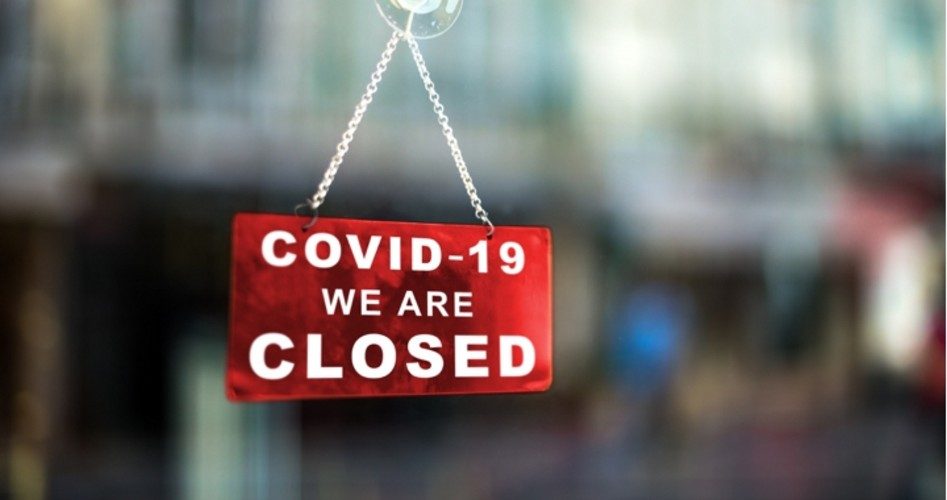
Polls conducted among small business owners the third week of March by Ipsos and Harris are showing the damage already being done to small businesses by the coronavirus shutdown.
Ipsos’ poll of 500 small business owners and operators with 19 or fewer employees (most of them running business with zero to four employees) between March 25 and March 28 — conducted via email since many business owners weren’t answering their phones — showed that a quarter of them have already shut down temporarily while another quarter are expected to close by the middle of April.
Worse, four out of ten owners think they have less than six months until the shutdown forces them to close their businesses permanently.
Those still open are adjusting the best they can: shortening their business hours; laying off their employees or reducing their employees’ salaries, and foregoing taking a paycheck themselves from their business during the shutdown.
The numbers from the Harris poll — 300 business owners were polled on March 23 and March 24 — confirmed Ipsos’ results: One in ten have already gone out of business for good while three-quarters of those still operating are doubting they’ll be able to stay open for another month without help.
That help is coming. Business owners are filing loan applications to take advantage of the SBA loans being offered as disaster assistance or “payroll” loans. Those loans also cover operating expenses such as leases and will be forgiven once the crisis is over. Essentially they are government grants or “bridge loans” that won’t need to be paid back. But although this and other money being pumped into the economy may provide relief over short term, the long-term is a different matter since the new money is being created out of thin air via the Fed, and will inevitably result in the further erosion of the dollar’s purchasing power.
And those $1,200 checks about to hit everyone’s bank account or mailbox in the next two weeks should help, a little. And the temporary halt to the payment of payroll taxes in the interim will lift the pressure somewhat — again, over the short term.
It really depends on how long the shutdown lasts. And according to officials who are claiming that the shutdown is needed to fight the coronavirus, that depends on “bending the curve.” U.S. Surgeon General Vice Admiral Jerome Adams sees a little “light at the end of the tunnel”. On Sunday he told Fox News:
I want Americans to understand that, as hard as this week is going to be, there is a light at the end of the tunnel if everyone does their part for the next 30 days … [they] have the power to change the trajectory of this epidemic.
There are at least four different websites dedicated to tracking the spread of the virus. One of the most encouraging is the Daily Tracker operated by the New York Times. It tracks and publishes the total coronavirus deaths in 20 countries including the United States on a log scale. The U.S. “curve” on this scale is beginning to bend toward the horizontal, which means that the rate of increase in deaths (the slope of the curve) has dropped.
Worldometers website has pages dedicated to the progress of the virus in the United States. The most reliable is the “death” chart since the data is more reliable than the reporting of “active” or “daily new” cases. A log scale of total deaths shows the same slow “flattening” of the curve as reported by the Times.
Adams says the week ahead is going to be “our Pearl Harbor moment,” our “9/11 moment,” and to prepare for the worst before it begins to get better: “It’s not going to be localized. It’s going to be happening all over the country. And I want America to understand that.”
Photo: Warchi/iStock/Getty Images Plus
An Ivy League graduate and former investment advisor, Bob is a regular contributor to The New American primarily on economics and politics. He can be reached at [email protected].




